
If you're having shin pain from running —either while running or after —please keep reading as we solve it.
Shin splints from running are incredibly common. Most runners will admit to experiencing some shin splints at some point in their running journey, usually near the beginning of that running journey. For some people, it's even a thing that stops them from running entirely. Unfortunately, if you don't find a solution, then returning to running weeks, months, or even years later, can simply see the shin splints returning.
So, if you experience an ache in your shin during running, or pain and tenderness in your lower leg after running, or even a wince-inducing tenderness with every single step, let's help you out. We'll explain what shin splints are and how you might fix them.
Table of contents
What Are Shin Splints?
You're probably reading this because you already know what it feels like, but just in case you're still trying to rule out some other injury, let's explain.
It’s the pain on the inside of your lowest shin. Its real name is Medial Tibial Stress Syndrome. "Medial" being inside, "Tibial" being your big shinbone, and, well, stress syndrome feeling obvious.
It usually starts gradually with a dull ache or some sharper pain at the beginning of a run that eases as you warm up. But invariably, it gets worse. The more you run, the worse it gets. Some people might only feel it whilst running, some people might feel it only after running, and for some, it comes and goes in a seemingly random pattern. But it can get so painful that it is debilitating; you don't even want to run or even walk too far. Before long, you realize you're living with near-constant shin ache.
It is caused by a variety of things, but essentially it boils down to either tightness or weakness being overloaded by your running.
It follows then that there are three possible solutions: remove the tightness, fix the weakness, or stop running. We assume you don't want to do the last one, so let's address the other two.
What Are the Signs and Symptoms of Shin Splints?
The primary symptoms of shin splints typically develop gradually and are often related to physical activity. They can vary in intensity from mild discomfort to severe pain that interferes with daily activities. Here's a breakdown of the most common signs and symptoms:
Pain along the shinbone: This is the hallmark symptom—a dull ache, soreness, or sharp pain along the inner (medial) edge of the tibia, often radiating across a larger area of the lower leg. The pain may start during exercise (e.g., when the heel strikes the ground while running) and can persist or worsen afterward.
Tenderness to touch: The affected area feels sensitive or painful when pressed, especially along the border of the shinbone.
Mild swelling: Some people experience slight swelling in the lower leg, which may accompany the pain.
Pain patterns:
Often begins as a mild ache at the start of activity and eases with warm-up, but intensifies with prolonged or repeated exertion.
It can feel like throbbing, stinging, or jolts of pain that start and stop with physical activity.
In severe cases, it becomes constant, making walking or even standing uncomfortable.
These symptoms usually affect one or both legs and are more noticeable after increasing training intensity, duration, or frequency. If symptoms persist or worsen, they could indicate a more serious issue like a stress fracture, so consult a healthcare professional for proper diagnosis.

Who is Most at Risk for Shin Splints?
Certain people are more likely to get shin splints because of the type of activities they do. You could be prone to developing shin splints if you:
- Are a runner
- Have a job that frequently requires you to march, walk, or stand on hard surfaces
- Are a dancer
- Train on uneven surfaces or hills
- Don’t stretch or warm up prior to exercising on hard surfaces
- Have extra high arches or flat feet and spend a lot of time walking or running with proper arch support
How can I Prevent Shin Splints?
Once you've experienced the pain of shin splints, you never want to go through it again. Luckily, there are steps you can take to prevent them:
Stretch thoroughly prior to any workout that involves repetitive stress to your lower leg or heel.
Avoid lengthy jogs or dancing on hard surfaces, such as concrete or asphalt.
Take breaks when required to be on your feet all day. Put your feet up to help increase blood flow to the muscles, joints, tendons, and bones.
Use shock-absorbent inserts that protect your shins and heels from high-stress impacts, especially if you have flat feet or extremely high arches.
Replace running or athletic shoes at least once a year, particularly if you notice uneven wear around the heels.
Take it easy. No matter your level of training or aspirations, respect your body’s limitations, and anticipate overuse before the pain puts you on pause.

How do You Treat Shin Splints?
1. Self-Massage
The first thing to do is some self-massage. Luckily, your shins and lower legs are easily within reach, so you can do this yourself.
Locate the issue: Start by pressing your thumb into the flesh next to your tibia and moving down the leg. This shouldn't cause pain; if it does, you've found the problem.
Rub the tender spot: When you find a tender or tight spot, use a little massage lotion and give it a good rub. You should feel after a minute or so that that tenderness and tightness have eased a little.
Caution: Because your shins are aching and they're easily within reach, it's easy to find yourself rubbing them for hours on end. This is a bad idea, so resist the temptation. Two to five minutes twice a day at most, and then leave them to recover.
Other areas: You can also massage and loosen the rest of your lower leg: calves, soleus muscles, and feet. Simply massage and move them to try and loosen them up, or roll them on a foam roller. Even if your massage skills leave a bit to be desired, you'll be increasing the blood flow, which will speed the healing.
2. Stretching
The next thing to try is stretching, because your shin splints are often caused by tightness. Stretching the key muscles can help relieve it.
Kneeling Shin Stretch: Get down on your knees, feet back, toes pointed slightly inwards, and then just sit back into the stretch. You should feel it stretching the whole front of your foot. If you need to go a little bit deeper with the stretch, you can also do a bit of an arch, but that's more of an advanced one.
The Bushman's Squat: Another good stretch for shinsplints is the so-called Bushman's Squat. Put your heels on the ground, and then simply squat down into that position. You should feel it really stretching and pulling on the tibialis anterior and the front of your feet. All you have to do is hold this for a while (as you can see, I'm not very good at it; my heels can't even stay on the ground—I should probably work on that one).
Address Imbalances: You should also make sure there's no imbalance or excessive tightness in other major muscle groups, so stretch those calves, your hamstrings, your quads, and your hip flexors to make sure that there's no more tightness on one leg than the other, or excessive tightness anywhere in your legs.
3. Strengthening Exercises
Finally, if you want your shin pain to never come back, then you need to strengthen the muscles so that they can handle the workload that running places on them.
The list of potential exercises you could do is long, and some may or may not help you, particularly depending on what's causing yours. But here are some that you can try:
The Towel Pull: This is great for foot strength. Simply put a towel on the floor, and then curl your toes to pull that towel towards you.
The Wall Lean and Toe Lift: This is great for strengthening the tibialis anterior. Simply lean back against a wall and then lift your toes off the floor.
The Heel Walk: This is basically eccentric work for the tibialis anterior on the front of your shins. Put all your weight into your heels, and then walk slowly forward and backwards, challenging that tibialis anterior.
Calf Raises: You can do these on a step with a deeper drop, but make sure you do these slowly and controlled. You can also try squeezing a ball between your heels whilst you do these calf raises to further challenge those lower leg muscles.
Resistance Cord Exercises: If you have some stretch cords handy, you could do some exercises to strengthen your lower leg:
Lateral Foot Curl-ins: Pulling the stretch cord inward from outside.
Foot Eversion: Pulling your foot outwards to strengthen the tibialis posterior muscle.
Shin pain isn't something that should sideline you from running forever, but it also isn't something that will solve itself just with rest and returning to running if you've never treated the cause.
Best Running Sneakers for Shin Splints
The three shoes that were chosen to discuss are the Asics GT-2000 version 12, the Hoka Gaviota 5, and the Brooks Adrenaline GTS 23.
1. Offloading the Calf Muscles: Heel Drop and Forefoot Rocker
The first thing we’re going to talk about is heel drop. That's really important because we know that if you have excess pressure on your calf muscles, they pull on the shin bone, and that can contribute to shin pain.
You can address this in two different ways:
A. Heel Drop
The heel drop is the difference in height from the back to the front of the shoe.
The Brooks Adrenaline GTS 23 provides the most significant heel drop over the three shoes, normally having a 12 mm difference.
In the Asics GT-2000, you have an 8 mm heel drop.
You've got a 5 mm heel drop in the Hoka Gaviota 5.
B. Forefoot Rocker
The second way that you can offload the calf muscle is by having a forefoot rocker, and that's what the Asics and Hoka shoes do. This is an upward curve from the midsole to the forefoot that helps to propel you forward. This takes the pressure off the ankle joint and therefore the Achilles and the calf muscle, easing your shin pain. It shifts the force upwards towards the back of your thigh, recruiting your hamstrings and your gluteal muscles. So, it's a really effective way to reduce shin splint pain.
2. Stability and Motion Control
The second thing that we think about when accommodating shin splints is the medial stability that a shoe has. All three shoes are stability versions within their own brands, and they provide stability in different ways:
Brooks Adrenaline GTS 23: GuideRails
The Brooks Adrenaline GTS 23 provides stability by having GuideRails on the undersole of the shoe. You can think of that as if you're bowling and you lift up the rails; it reduces the amount that your foot can move from side to side as you move through the gait cycle. The GuideRails provide stability on both sides of the shoe.
Hoka Gaviota 5: J-Frame
In contrast to that, with the Hoka Gaviota 5, they have the J-Frame. As you can see, you’ve got a white and then a grey color in the midsole, and the grey color goes around the front and around the inside, all the way back to the inner aspect of the heel. This is a denser foam on the inside of the foot. This means as your foot moves inwards (that pronation moment), the denser foam doesn't compress as easily and provides some resistance to that pronation motion, therefore reducing the movement of your foot inwards and reducing the forces towards the inside of the shin bone.
Asics GT-2000 v12: 3D Guidance System
Finally, in the Asics GT-2000, they provide stability through their 3D Guidance System. Historically, they had a gel underneath the heel, and they have replaced that by putting it all the way through the midsole. It’s integrated between the FF Blast cushioning, and it's got a wide base of support to provide that stability to your foot as you move through the gait and running cycle.
3. Shoe Weight
The third important aspect of these shoes is the weight:
The lightest of these three shoes is the Hoka Gaviota 5 at approximately 9.3 ounces.
The Asics GT-2000 is next at 9.5 ounces.
It's slightly heavier at approximately 10.1 ounces in the Brooks Adrenaline GTS 23.
Conclusion: Choosing Your Shoe
When we're thinking about offloading shin splints, we really want to offload our calf muscles, as they are the main culprits here.
If you're looking for a really stable shoe that protects motion from side to side and has a nice high heel drop to offload the back of your heel, then the Brooks Adrenaline GTS 23 might be a good option for you.
If you're looking for a super lightweight stability shoe with a rocker design, then you might enjoy the Hoka Gaviota 5.
And if you're looking for a super comfortable all-rounder, then the Asics GT-2000 could be helpful for you.
Do Inserts Help With Shin Splints?
Inserts can help prevent injuries, including shin splints, but you have to get the right ones. Not all orthotics for shin splints are created the same. Those cushy drugstore inserts don't offer the structured support you need to avoid shin splints. Invest in a pair of inserts with:
Proper Fit. Arch support only works if it fits your feet precisely. The best inserts for shin splints will match the contours of your feet, providing firm support across the length of your arch.
Firm Support. Soft inserts may temporarily soothe aching feet, but if you spend a lot of time dancing or running on hard surfaces, you want shoe inserts that provide firm, flexible support. Cushy inserts just don't have the structural support your arches and heel need to protect you from shin splints.
Improved Biomechanics. Inserts with deep heel cups help your body's natural cushioning (the fatty pad beneath your heel bone) do its job, absorbing shock effectively. A deep heel cup also adds to the stability of your foot, improving your balance.
There's nothing worse than having to sit out the things you love doing because of pain. Doing everything you can to prevent shin splints and other repetitive stress injuries will keep you going for as long as you want, pain-free. And it's as easy as adding the right inserts to your footwear.


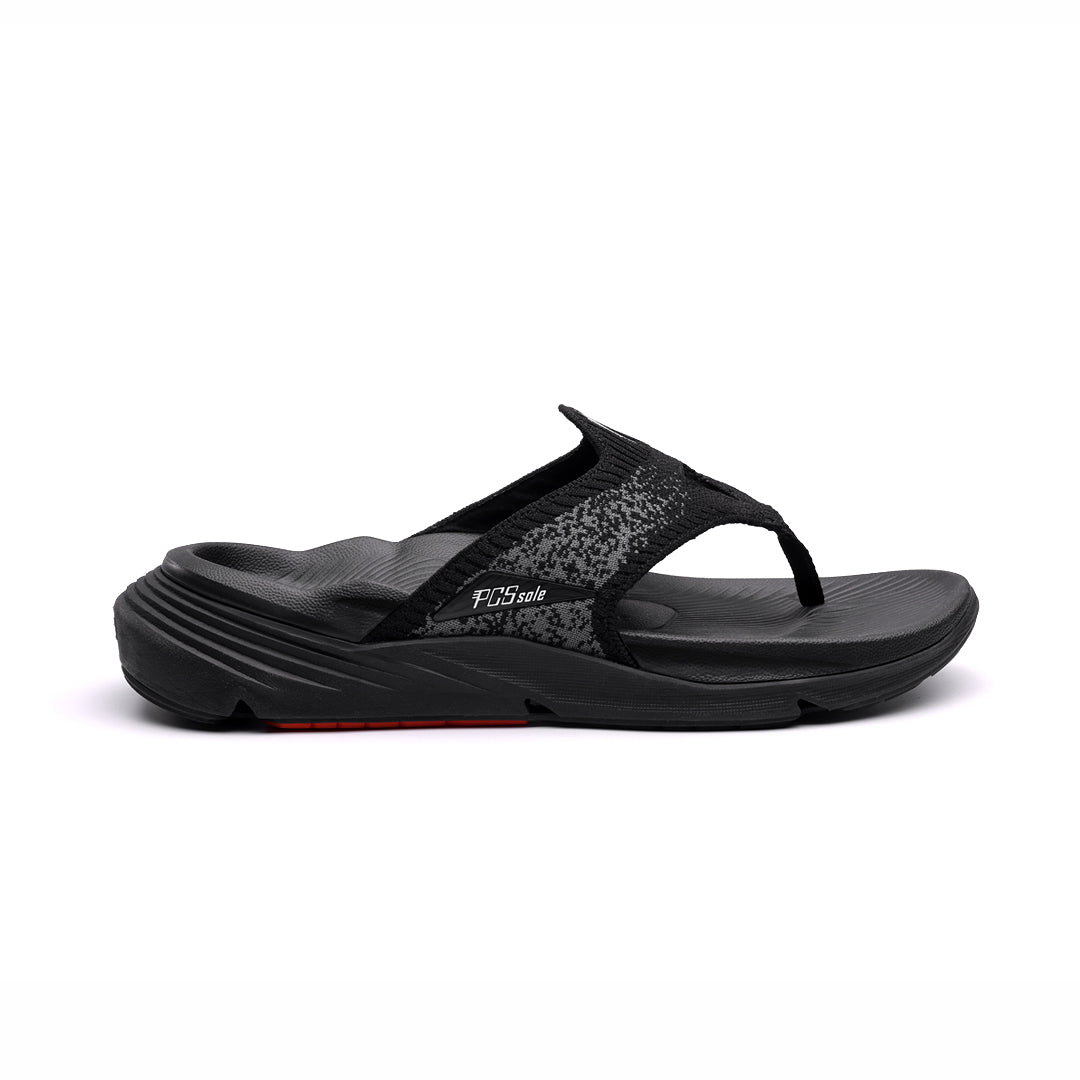
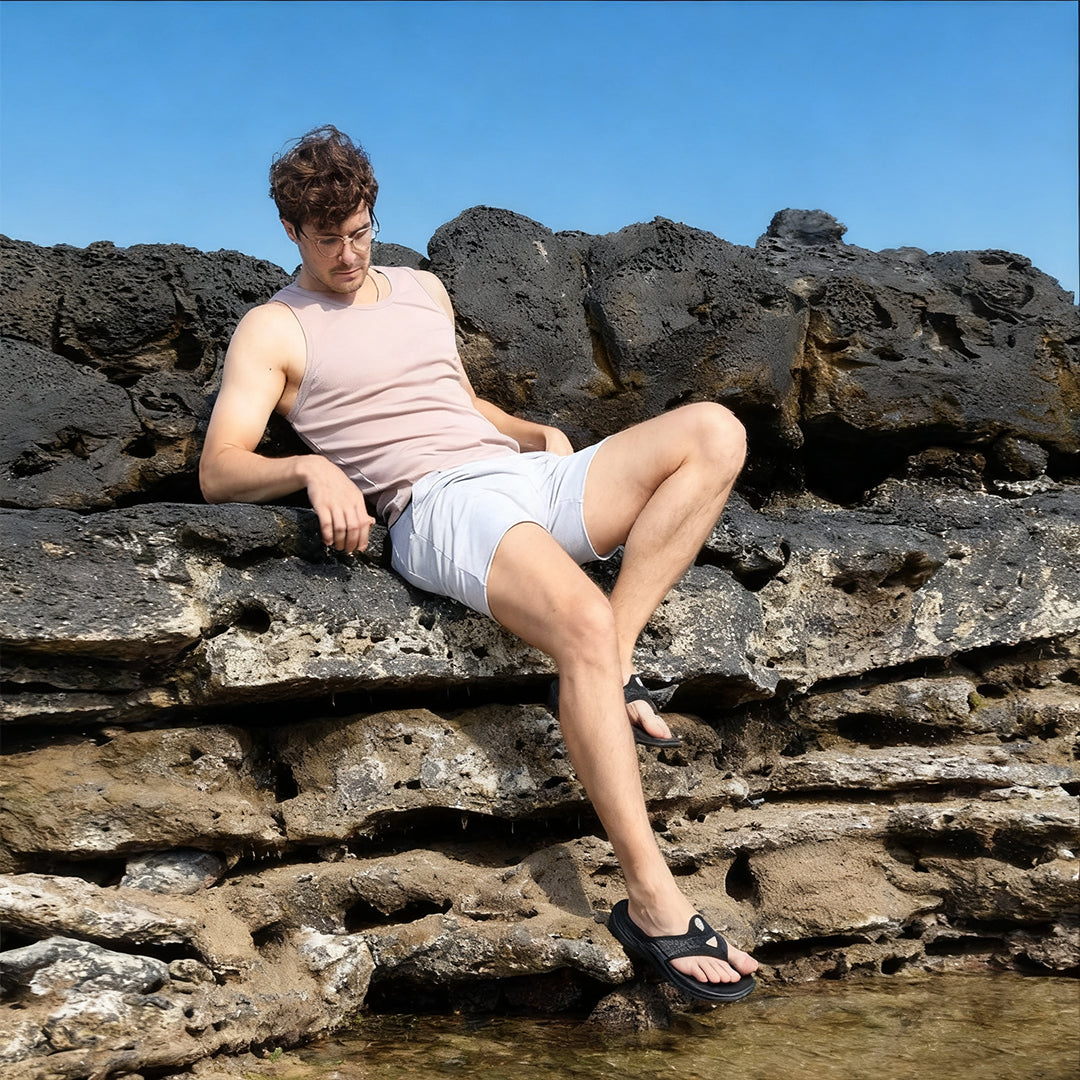
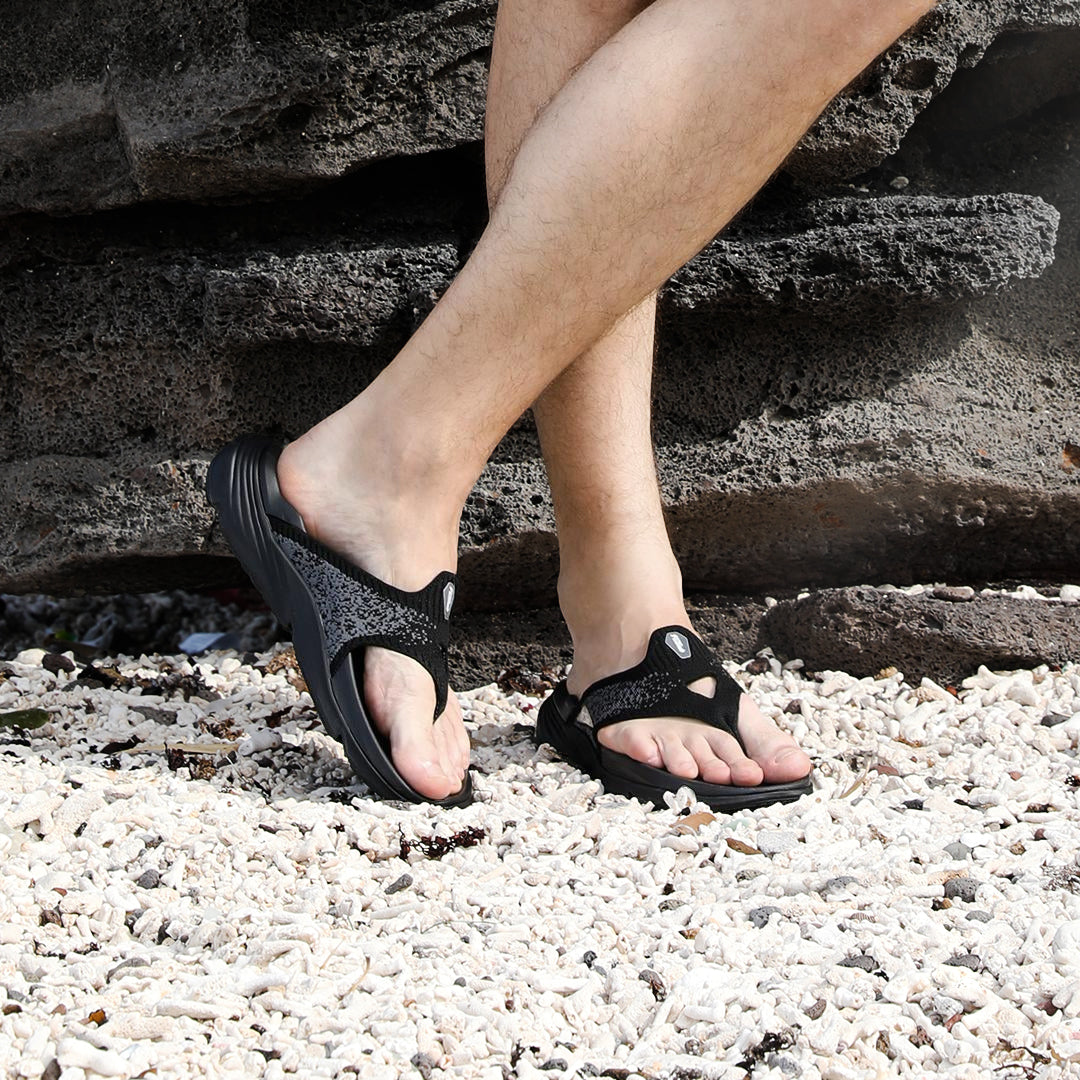
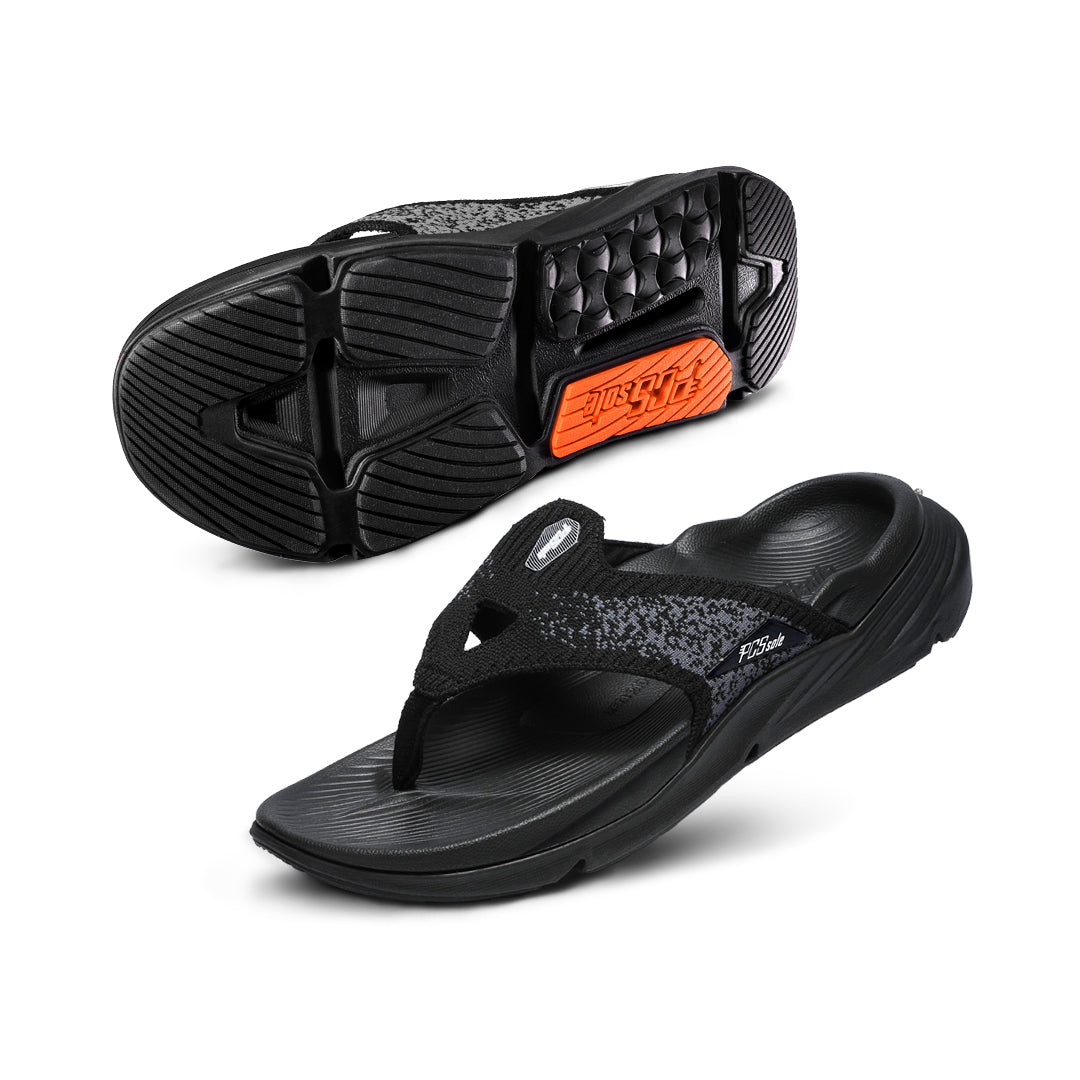
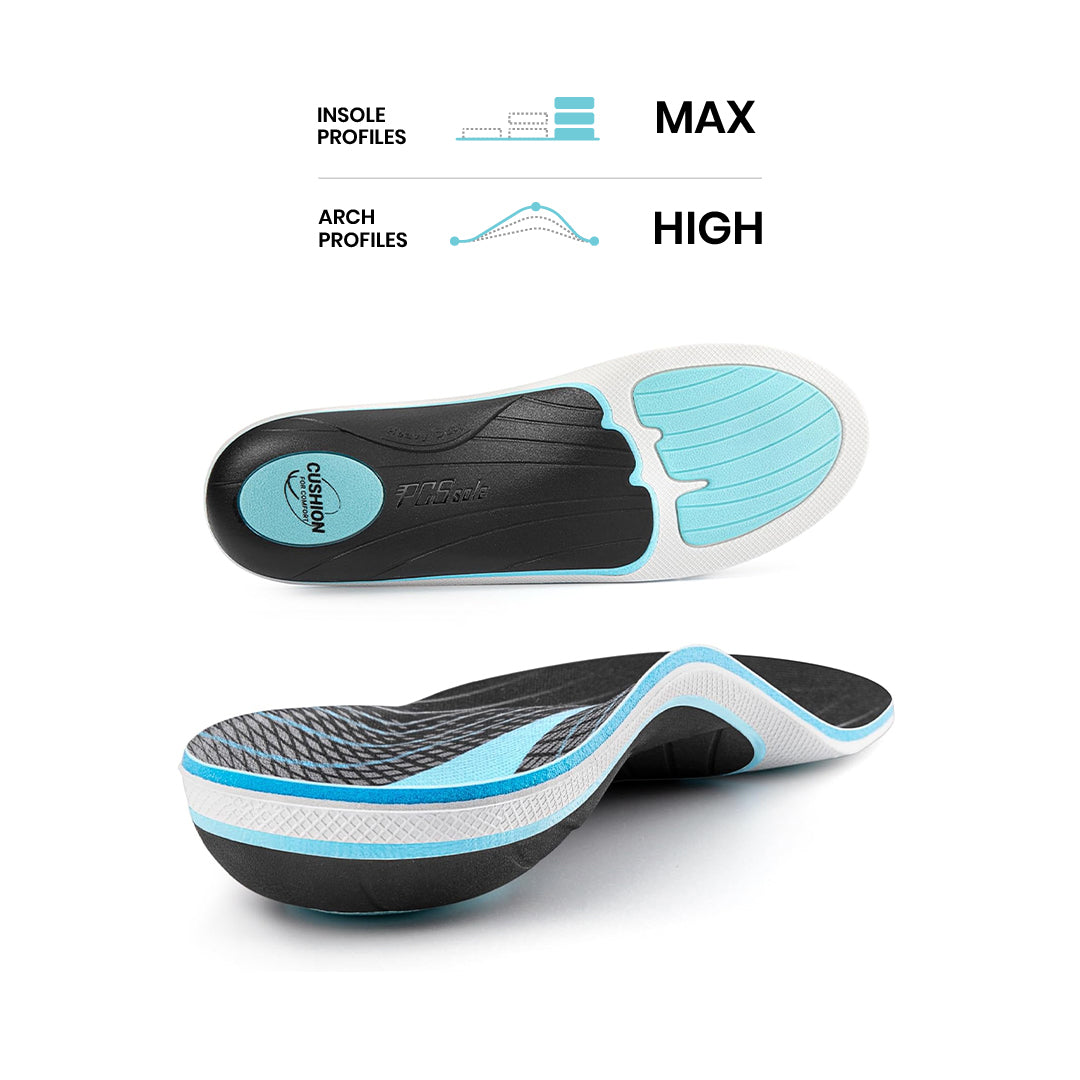
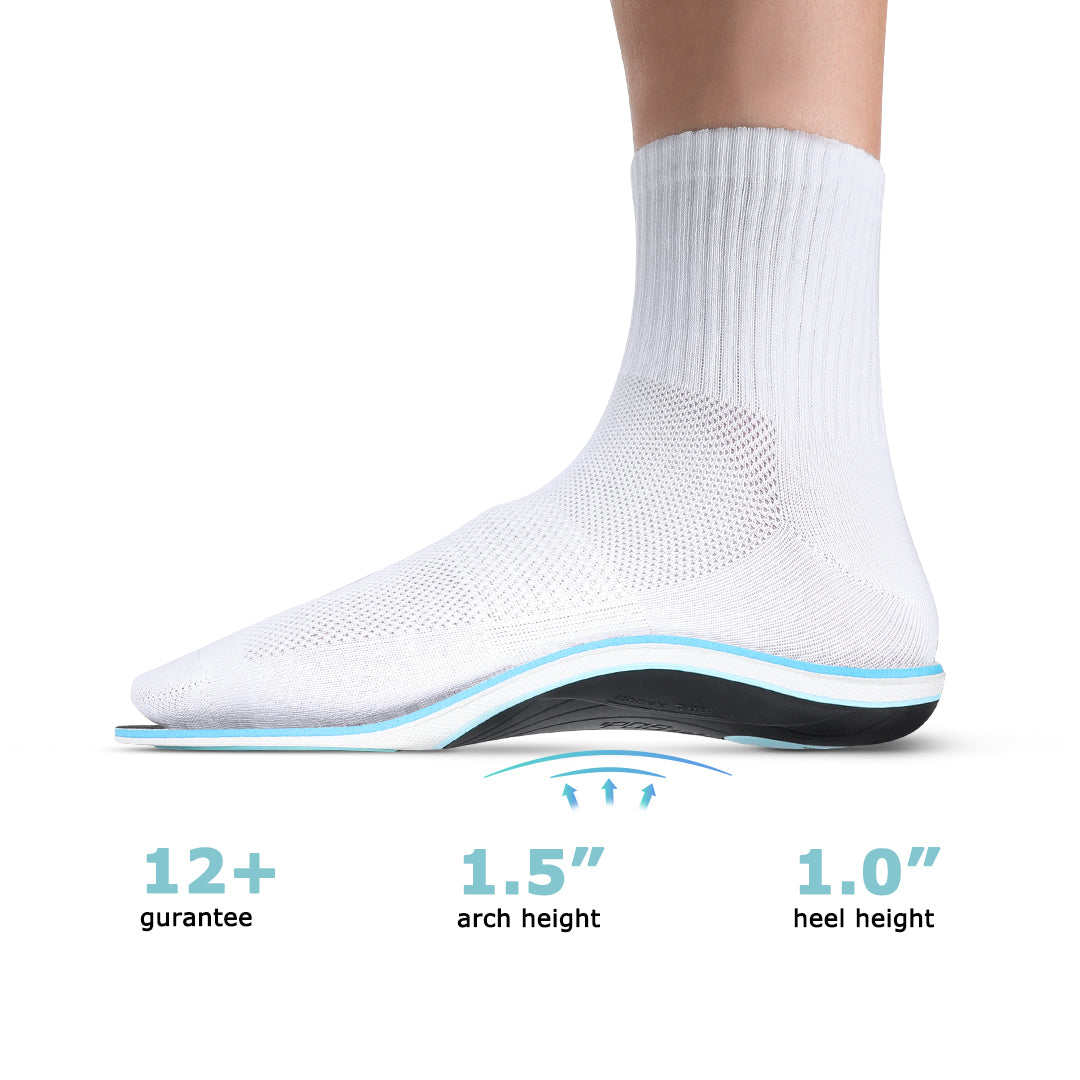
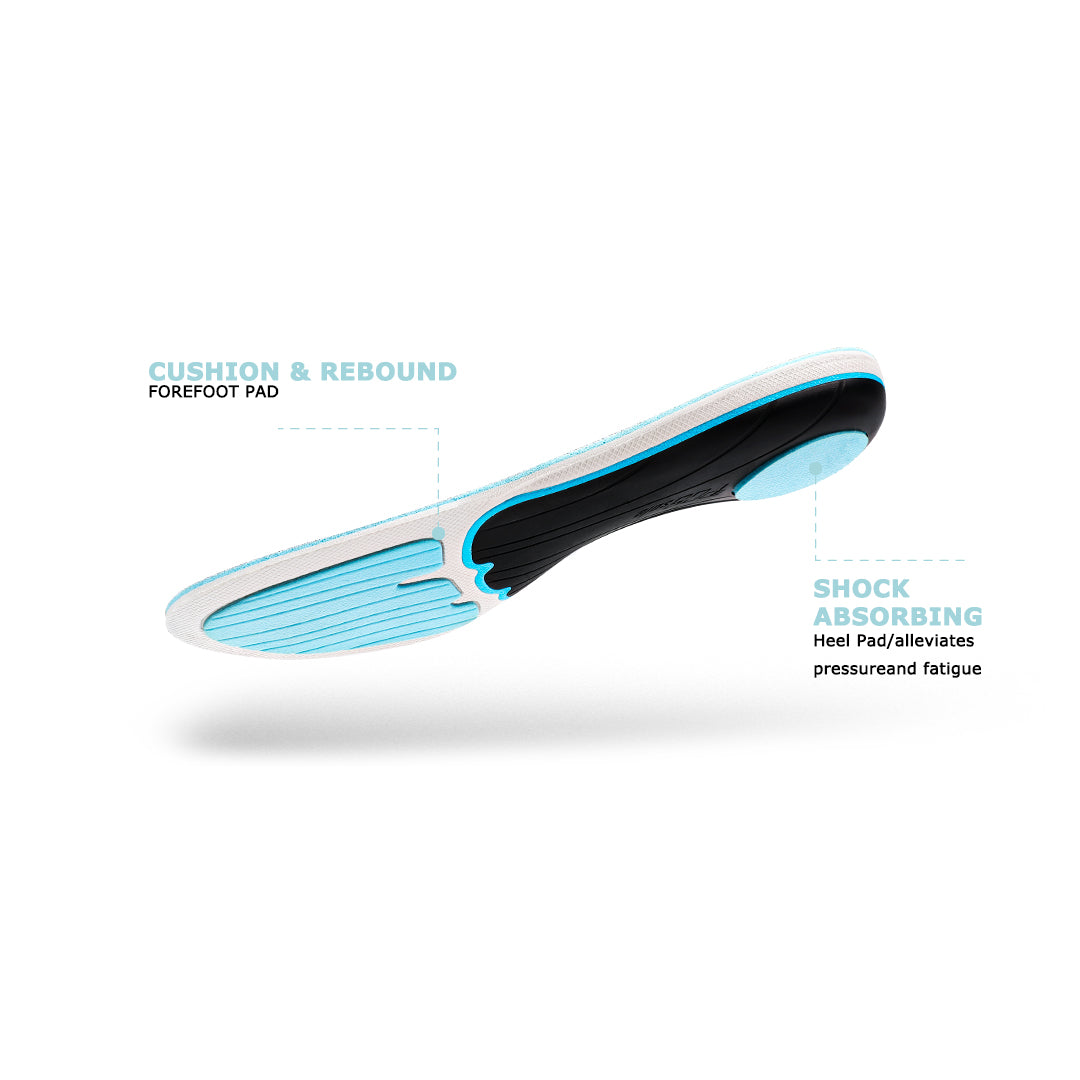
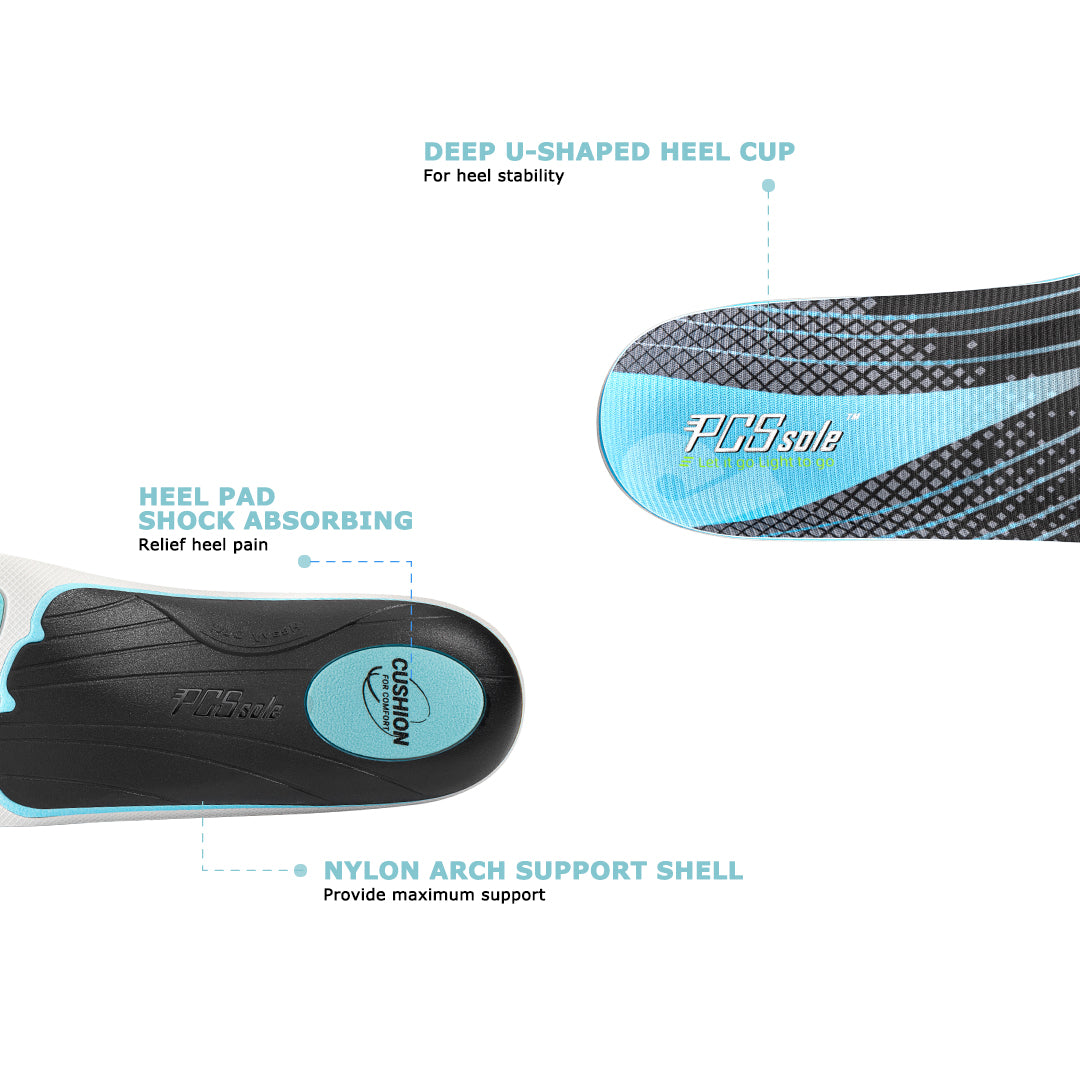
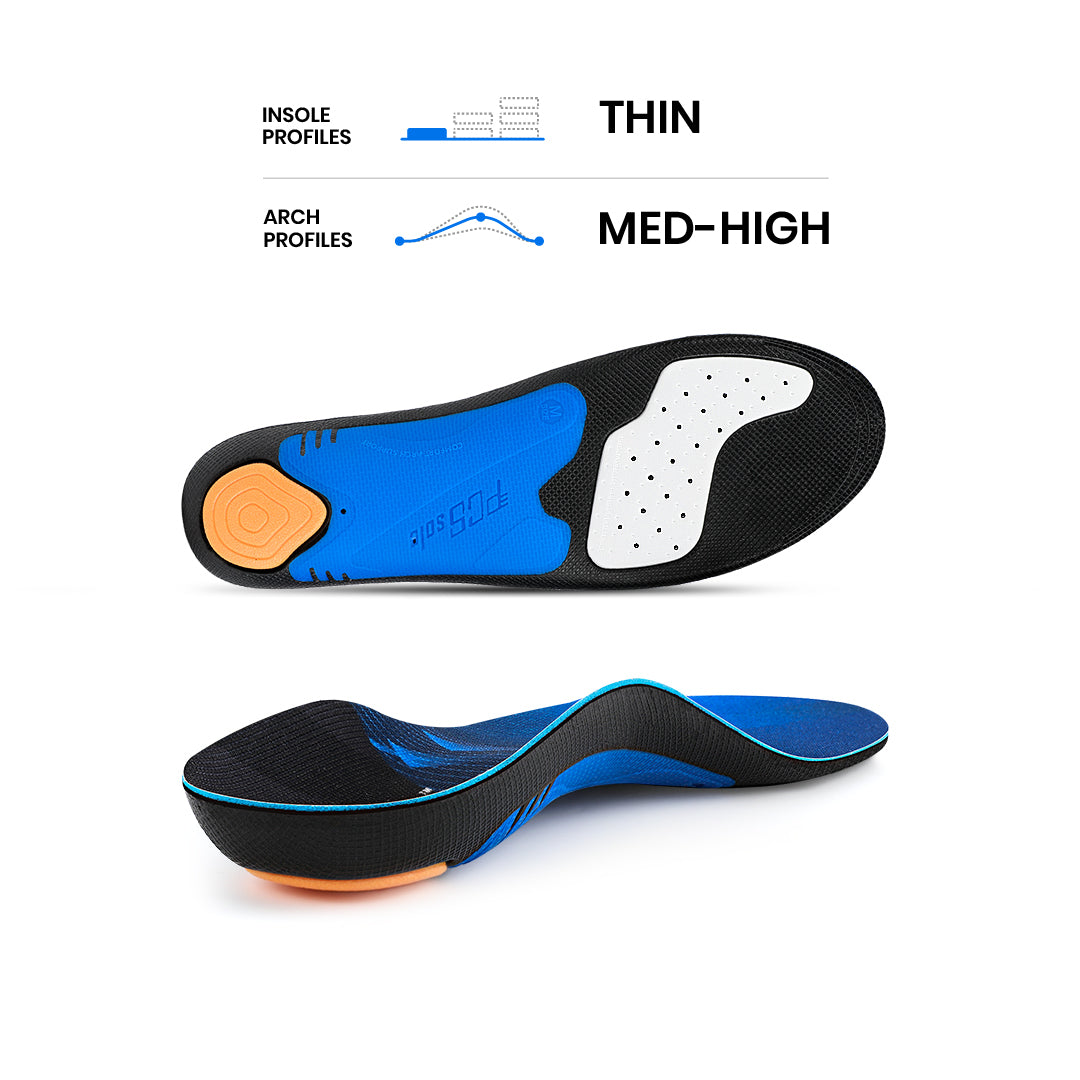
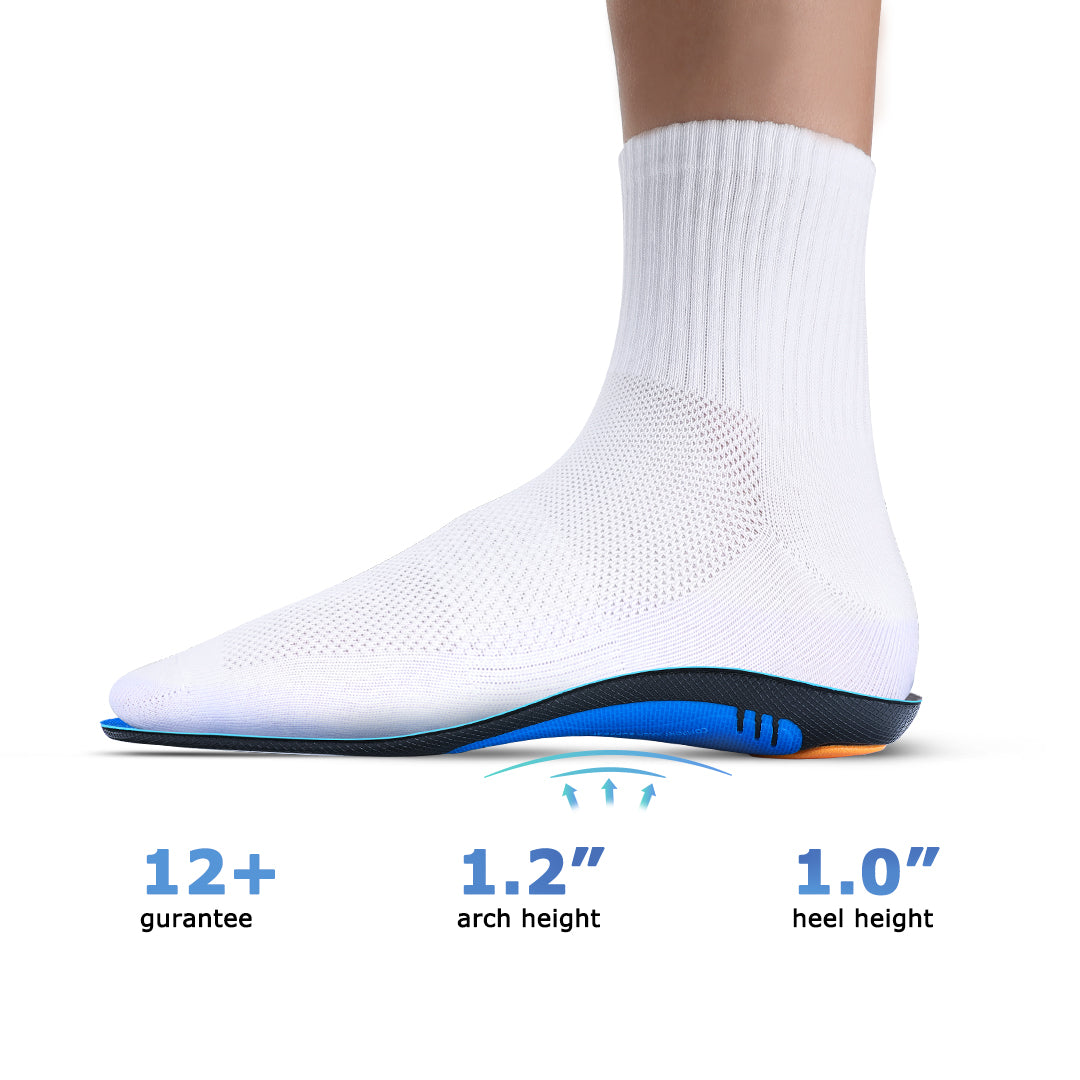
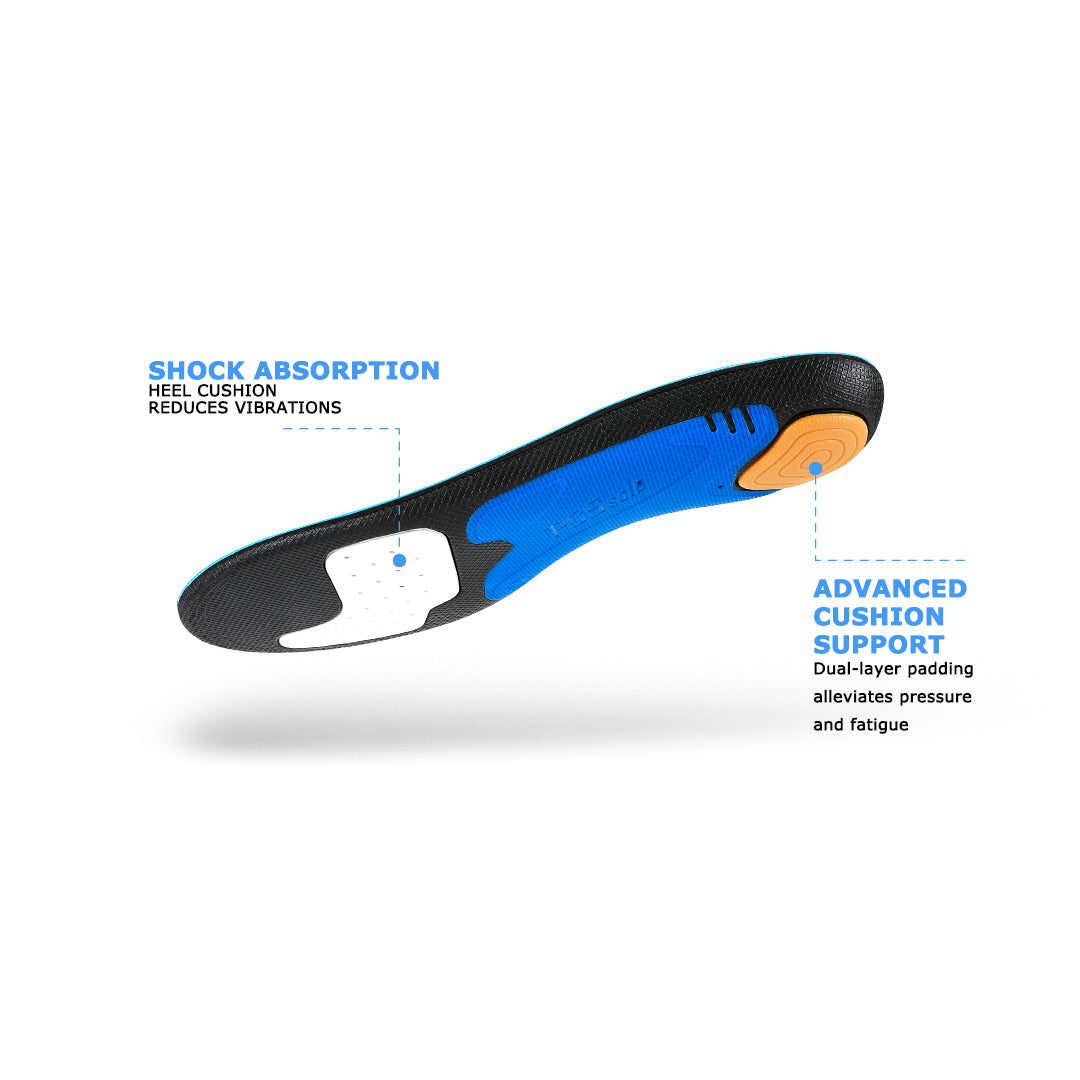
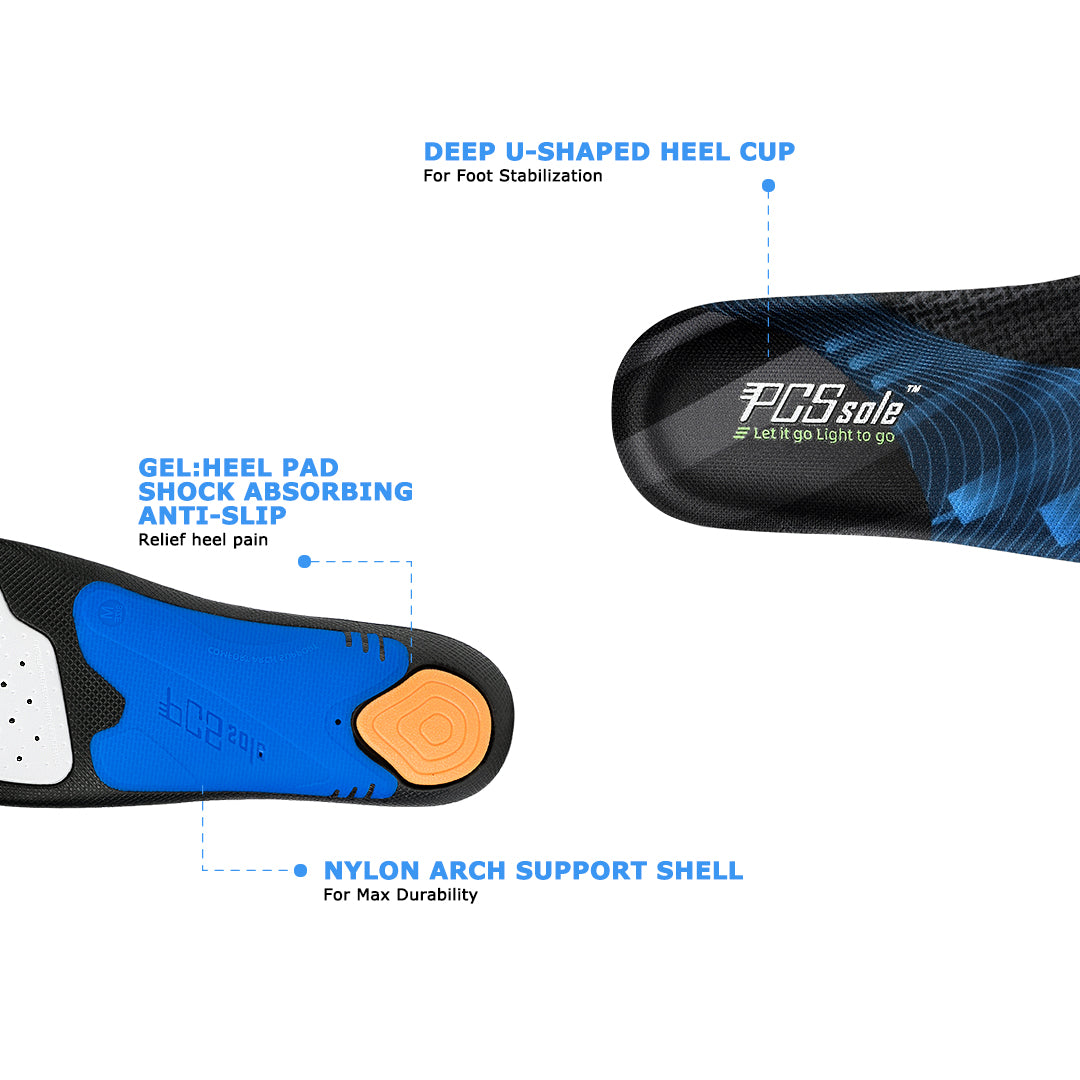
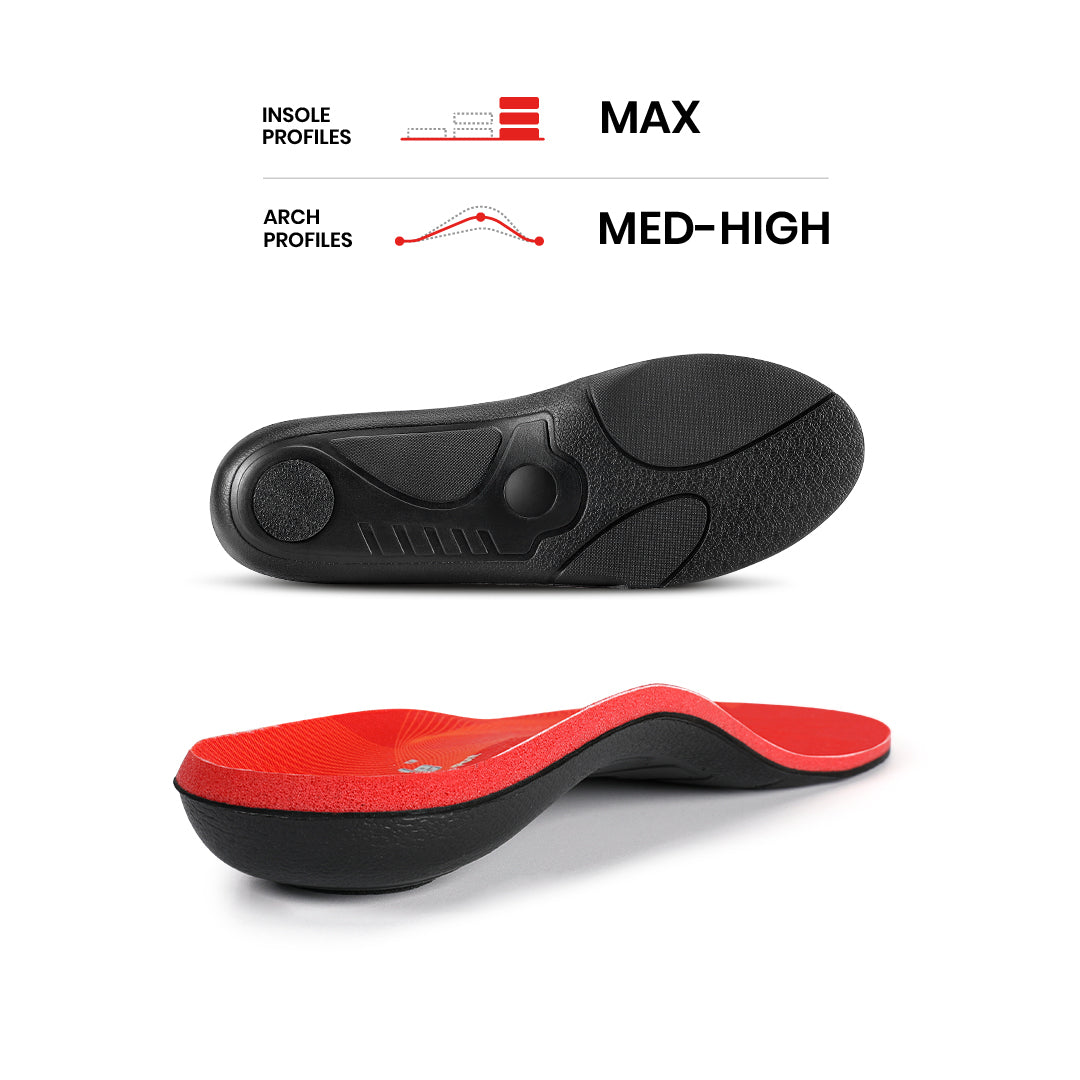
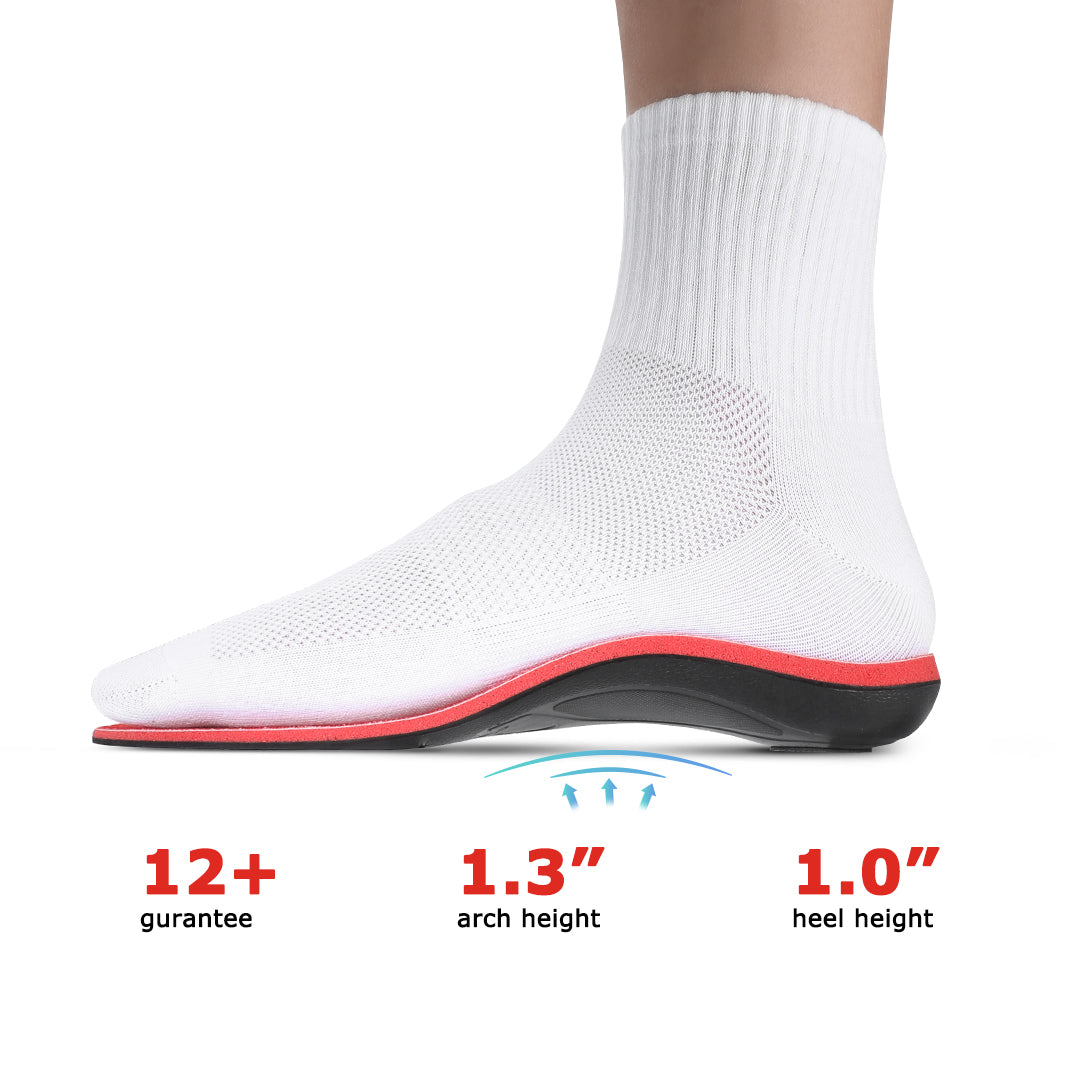
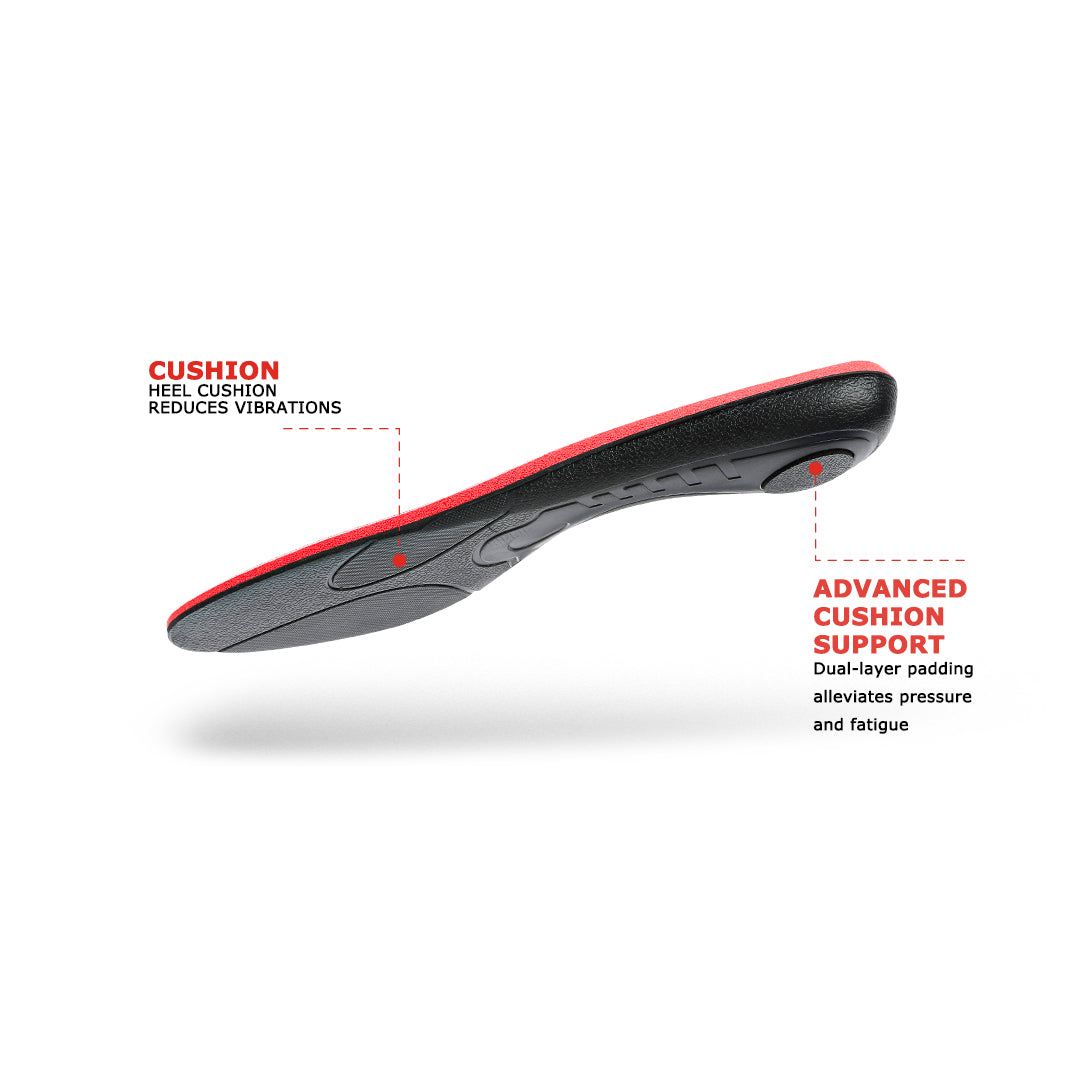

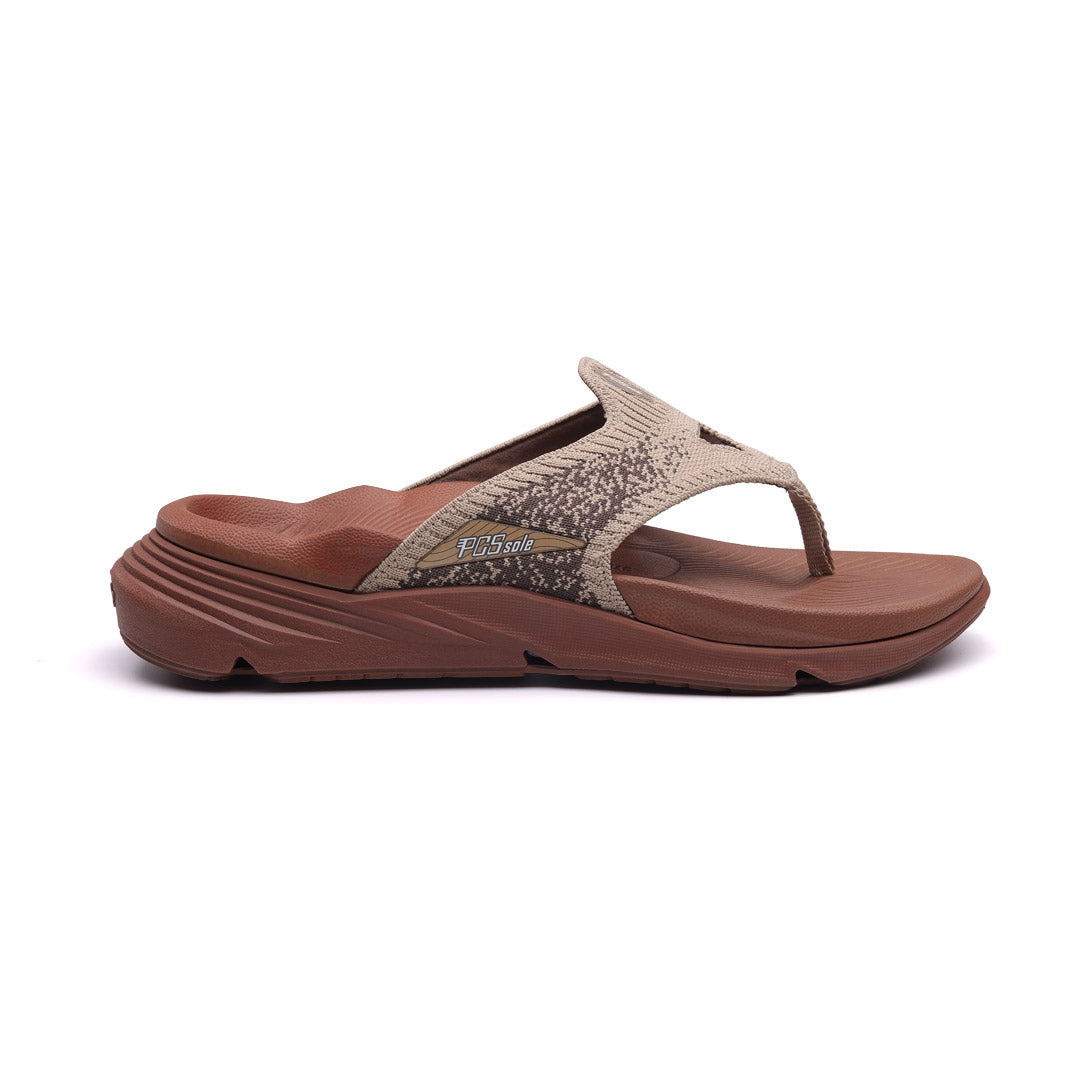
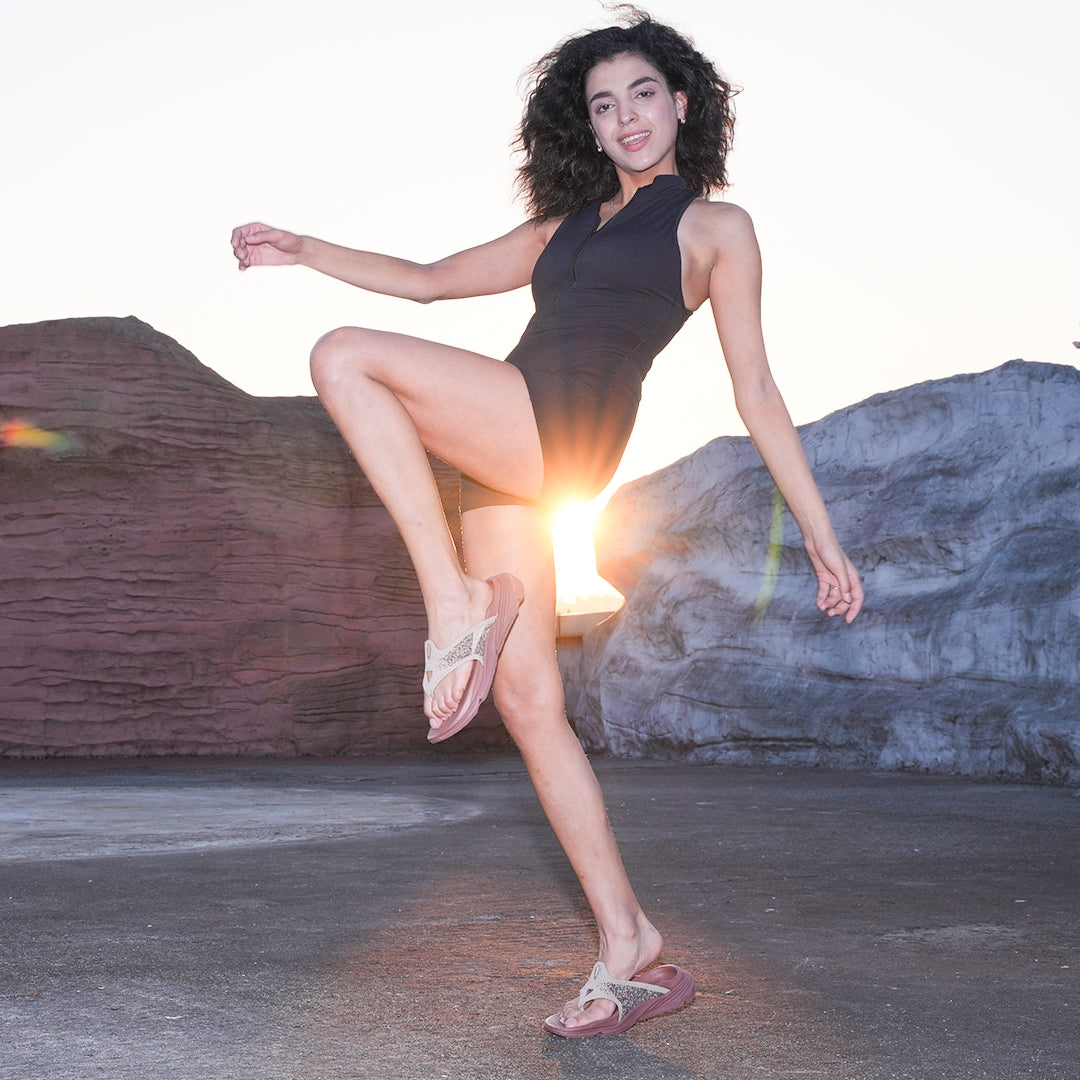


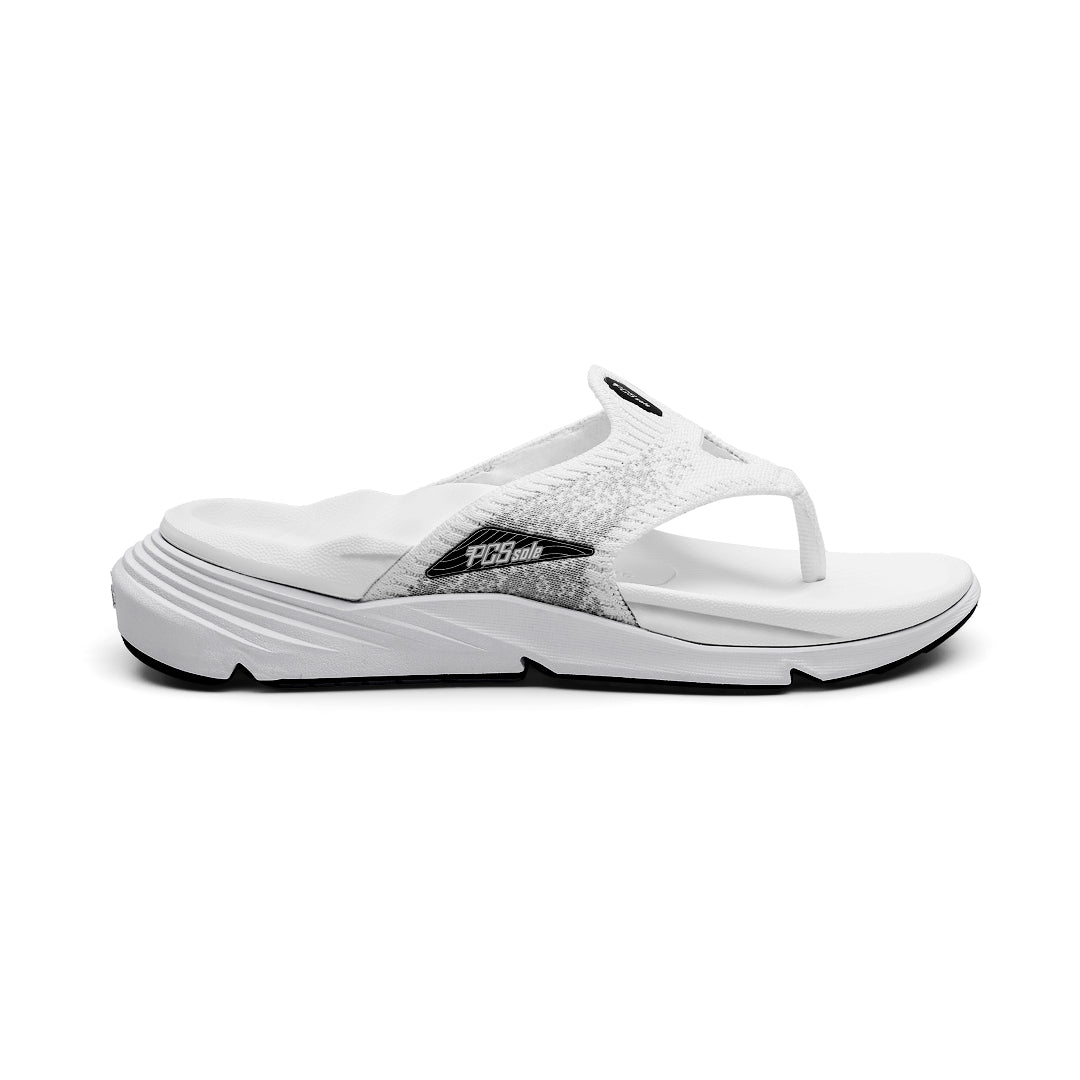

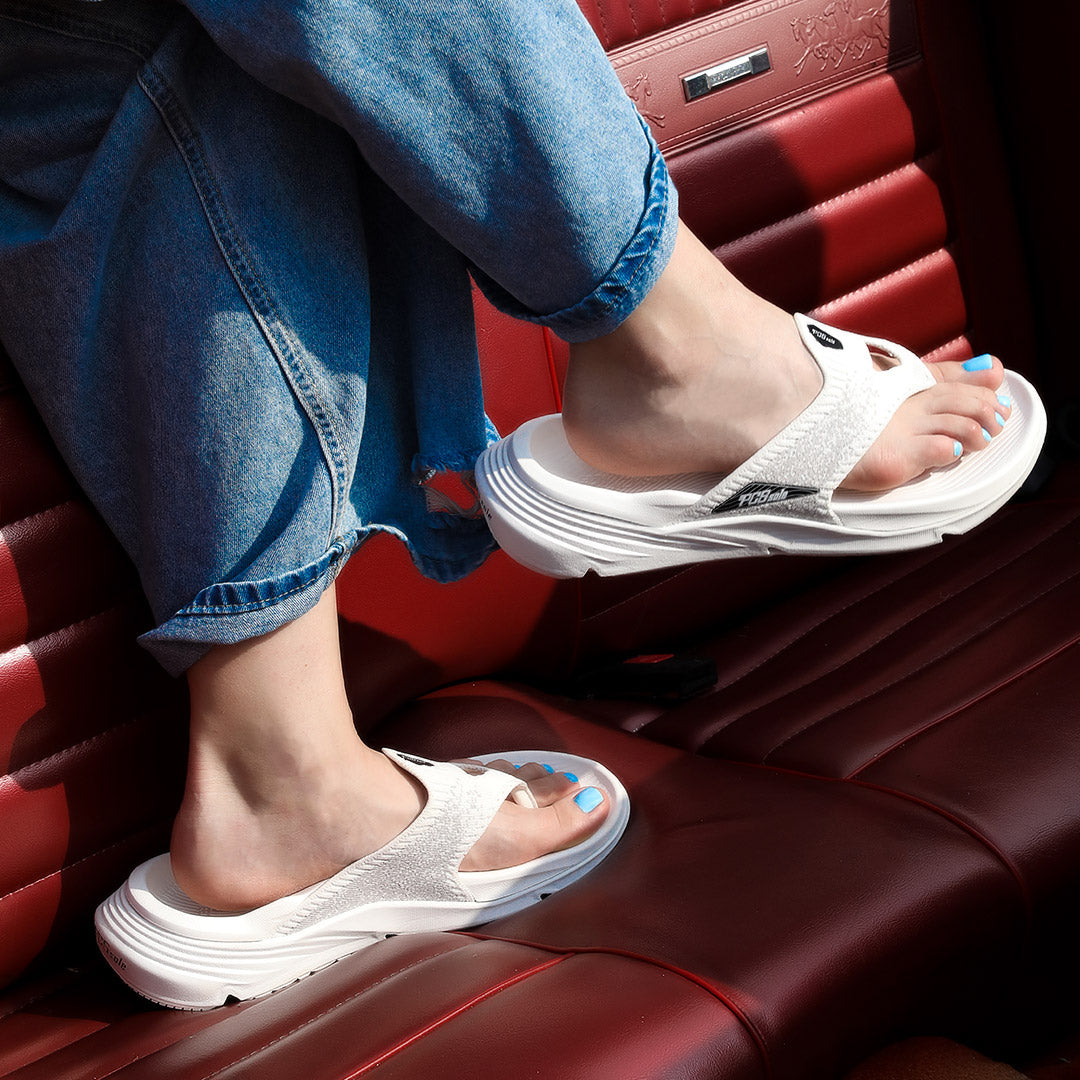
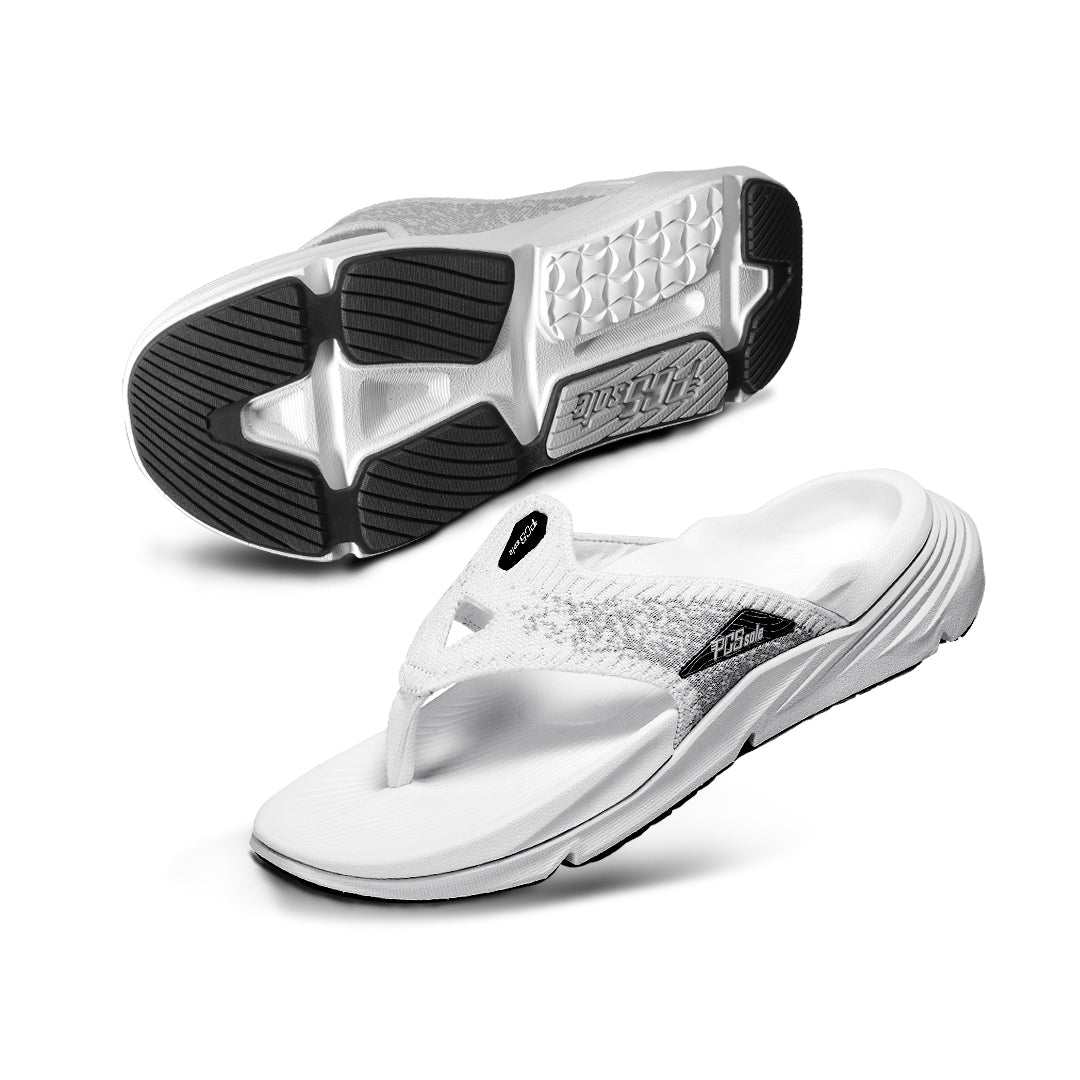
Compartir:
3 Causes of Muscle Fatigue and Ways to Relieve It
How Do I know If I Have Wide Feet?